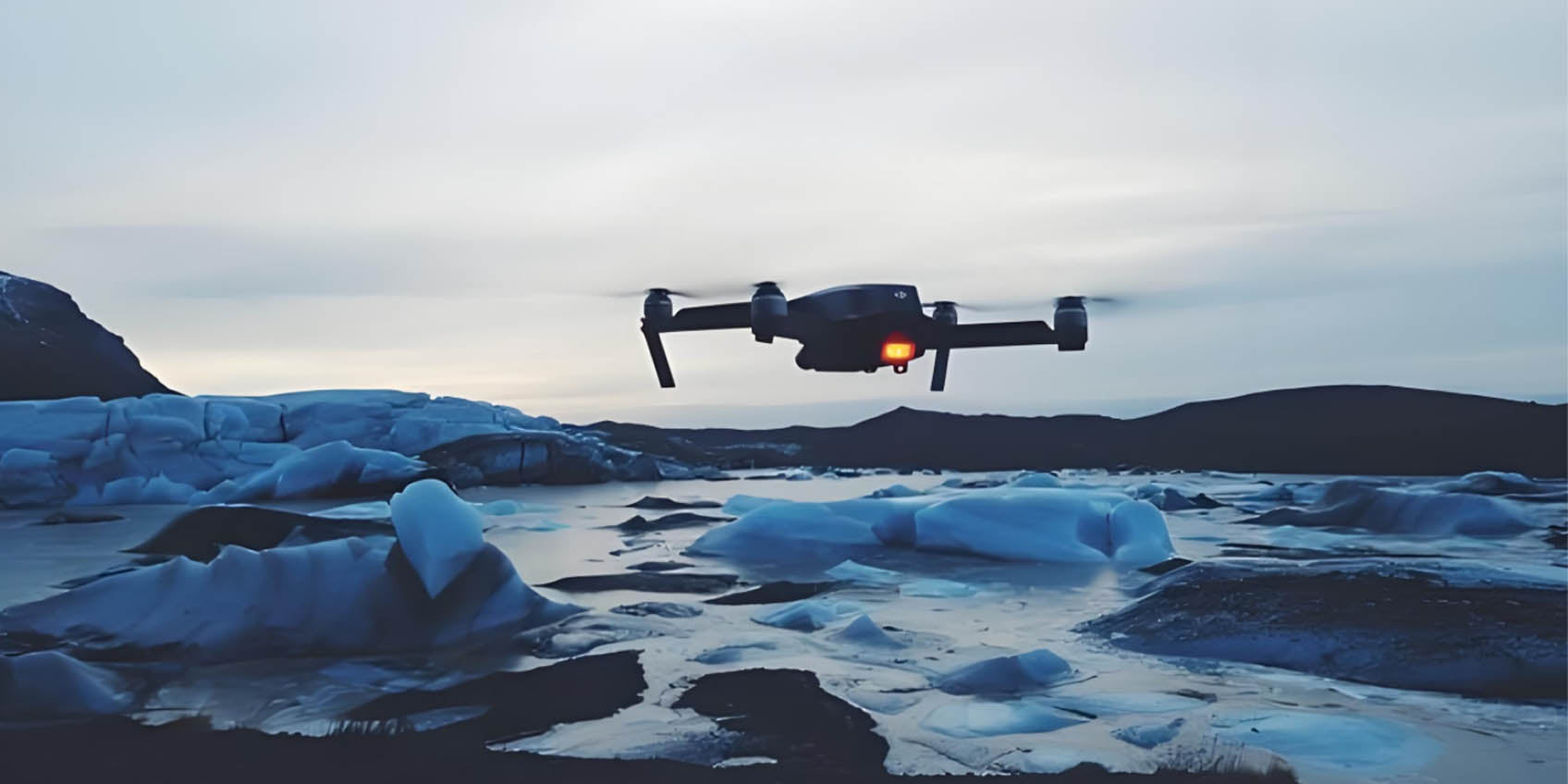The Role of ToF Technology in Drone Obstacle Avoidance and Future Growth
(2024年10月03日)Time-of-Flight (ToF) technology is rapidly becoming an integral part of the drone industry. As a cutting-edge distance measurement technology, ToF sensors allow drones to achieve superior obstacle detection by precisely calculating the time taken for light pulses to travel. This technology significantly enhances navigation and obstacle avoidance, making drone operations safer and more efficient, especially in challenging environments.
The Importance of Obstacle Avoidance Technology
During drone missions, avoiding collisions is essential for ensuring safety and operational success. Whether drones are used for aerial photography, precision agriculture, or environmental monitoring, they must often navigate through environments filled with potential hazards like trees, power lines, and buildings. Advanced obstacle avoidance systems minimize the risk of collisions, leading to lower repair costs and fewer mission failures. ToF sensors, with their ability to detect and measure distances in real time, are pivotal in improving both safety and performance.

Key Advantages of ToF Technology in Obstacle Detection
Accurate Distance Measurement: ToF sensors emit light pulses and measure the time it takes for the reflected light to return, allowing drones to calculate distances with high precision. This accuracy is vital for avoiding obstacles in a timely manner.
Strong Resistance to Environmental Interference: Unlike traditional sensors, ToF sensors are less affected by changes in ambient light, ensuring consistent performance even in bright sunlight or low-light conditions. This makes them ideal for varied lighting environments.
Extended Detection Range: ToF sensors typically have a detection range of up to 10 meters or more, giving drones ample time to identify and react to obstacles. This wide range is essential for missions that require long-duration flights or navigation in large areas.
Enhancing Drone Obstacle Avoidance with ToF Technology
Real-Time Detection: By continuously scanning the surrounding environment, ToF sensors provide drones with real-time information on nearby obstacles. This fast and accurate data helps drones make split-second adjustments to avoid potential collisions.
Optimized for Complex Environments: ToF sensors are particularly useful in navigating complex and dynamic environments, such as urban areas, forests, or construction sites. These sensors help drones avoid both stationary objects and moving entities like pedestrians or vehicles.
Integration with Other Systems: ToF sensors can be combined with other obstacle avoidance systems, such as stereo vision or ultrasonic sensors, to create a multi-layered approach to detection. This integration improves navigation accuracy and ensures redundancy in challenging scenarios.
Future Prospects for ToF Technology in Drones
Increased Precision and Reliability: Future iterations of ToF sensors are expected to offer even greater measurement accuracy, longer detection ranges, and faster response times. These improvements will make drones even more adept at navigating complex environments.
Artificial Intelligence Integration: ToF technology, combined with AI, will enable drones to make smarter decisions and learn from their environments. AI systems can process the vast amount of data from ToF sensors to optimize flight paths, predict potential hazards, and adjust flight strategies in real time.

Broader Applications: As ToF technology advances, drones will be capable of performing more specialized tasks. From rapid obstacle detection in disaster relief operations to crop monitoring in precision agriculture, the versatility of ToF-equipped drones will continue to grow.
Enhanced Indoor Navigation: Future ToF sensors will be more compact and integrated into drones, allowing them to operate efficiently in indoor or high-density environments. This improvement will be key for indoor surveillance, inspection, or logistics tasks.
Multi-Sensor Fusion: By integrating ToF sensors with other technologies like infrared and radar, drones will gain a more comprehensive understanding of their surroundings. This fusion will boost obstacle detection and stability, even in harsh weather conditions.
Autonomous Charging and Extended Flight: The combination of ToF technology with more efficient energy management systems will allow drones to perform longer missions and autonomously recharge when needed, reducing the need for manual intervention.
Conclusion
ToF technology will continue to drive the evolution of drones, making them more capable, intelligent, and autonomous. With advancements in ToF sensor accuracy, integration with AI, and multi-sensor fusion, drones will be able to tackle more complex tasks in the future. This progress will expand their use across industries, from agriculture to disaster response, paving the way for safer and more efficient drone operations.
Synexens 3D Of RGBD ToF Depth Sensor_CS30https://tofsensors.com/collections/time-of-flight-sensor/products/rgbd-3d-camera

After-sales Support:
Our professional technical team specializing in 3D camera ranging is ready to assist you at any time. Whether you encounter any issues with your TOF camera after purchase or need clarification on TOF technology, feel free to contact us anytime. We are committed to providing high-quality technical after-sales service and user experience, ensuring your peace of mind in both shopping and using our products
- このできごとのURL:



コメント